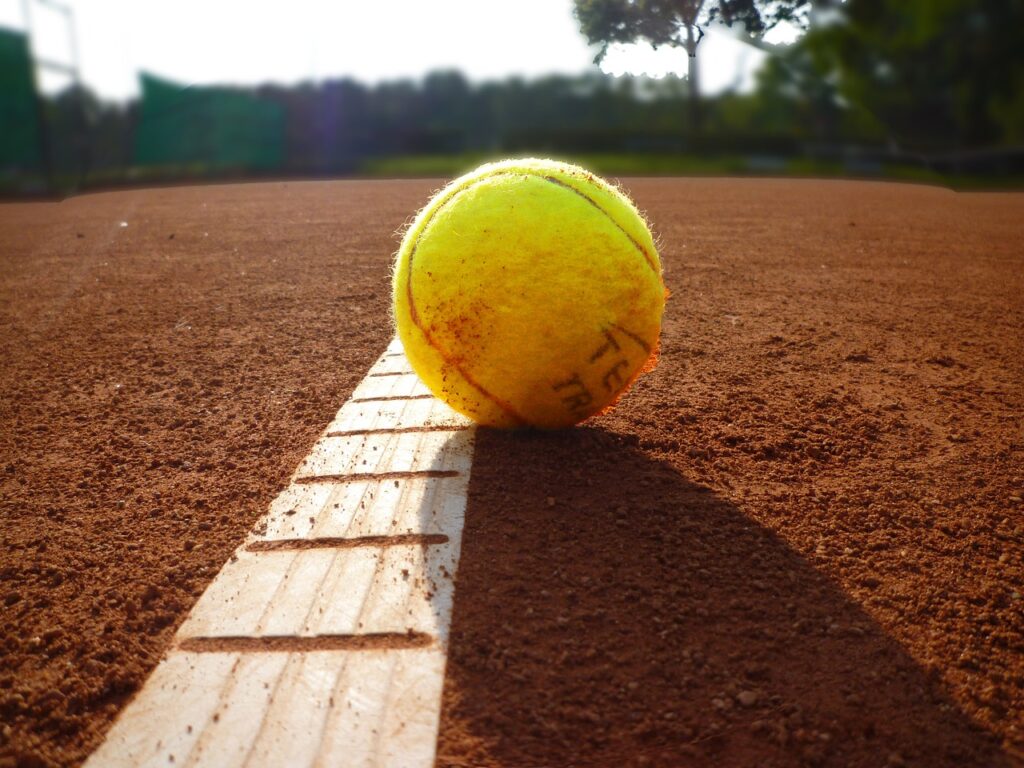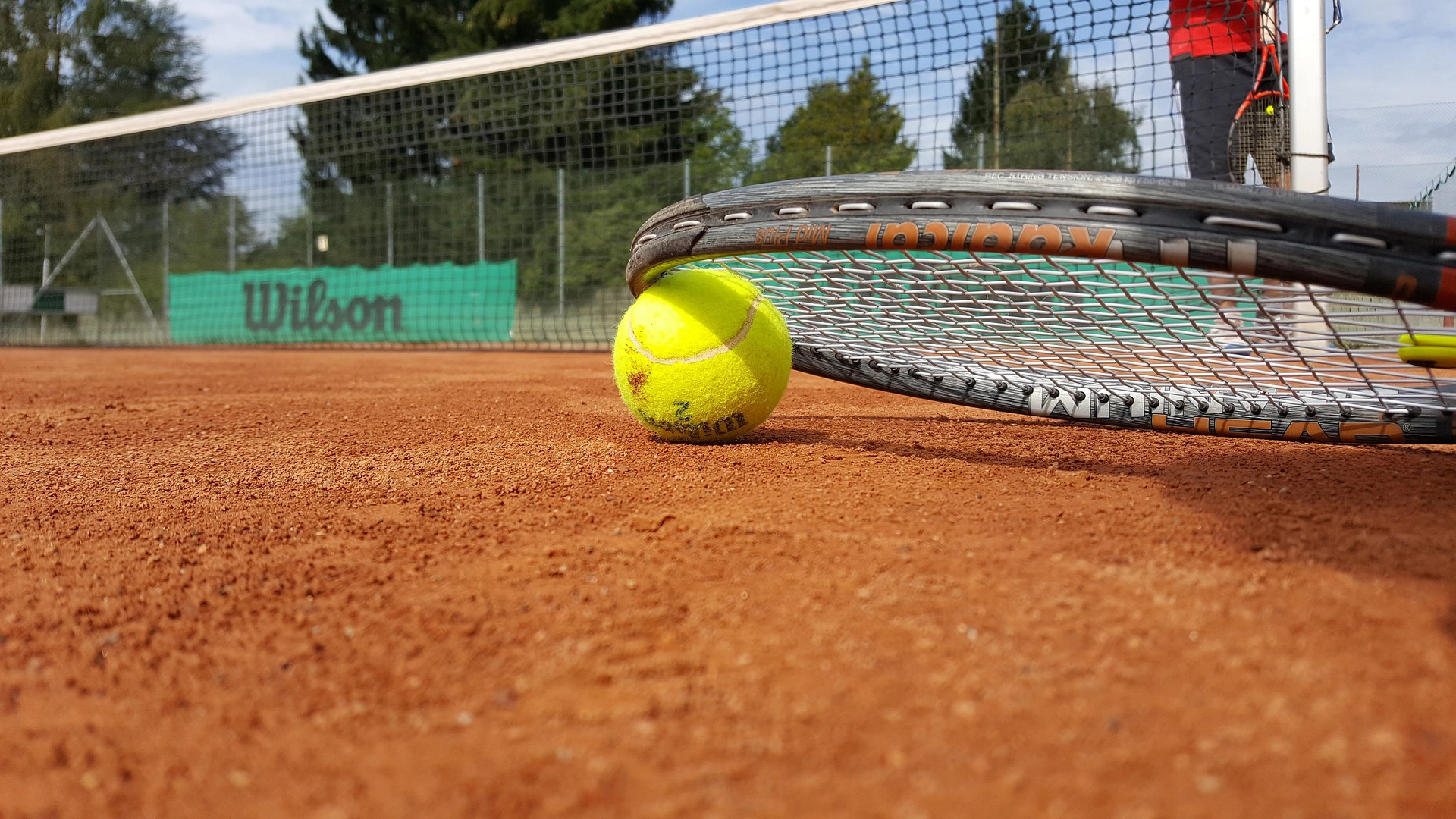Tennis is a popular sport with rich and intense history that is beloved by millions around the world. If you are thinking of starting to play or watching tennis, it’s essential to understand the basic rules that govern the game. This blog post will guide you through the fundamental aspects of tennis rules, ensuring you’re well-prepared to hit the court.
The Court:
A tennis court is a rectangular playing surface divided by a net. Doubles matches are played on a wider court compared to singles. Key markings on the court include:
- Baseline: The line at the back of the court from where players serve.
- Service Line: A line a short distance in front of the baseline that determines the serving area.
- Center Line: The line that divides the court in half, separating the server’s side from the receiver’s side.
- Sidelines: The lines running along the sides of the court.
- Net: A net suspended across the center of the court, separating the two sides.
Equipment:
Your trusty weapon on the court is your tennis racket. Balls are hollow rubber spheres covered in felt, and footwear should provide good traction on the court surface, whether grass, clay, or hard court.

The Game:
1. The Objective of Tennis
The main goal in tennis is to hit the ball over the net into the opponent’s court in such a way that the opponent cannot return it validly. Whether you play singles or doubles, the basic premise remains the same: keep the ball in play and outsmart your opponent.
2. Scoring System
Tennis has a unique scoring system that can be puzzling to newcomers:
- Points: Games are scored as 0 (love), 15, 30, 40, and game point. If both players reach 40, the score is called “deuce.”
- Advantage: After deuce, a player needs to win two consecutive points to win the game. The first point after deuce is called ‘advantage’.
- Games: Typically, six games are needed to win a set, with a margin of at least two games over the opponent.
- Sets: Matches are usually best of three or five sets. Winning the majority of sets determines the match winner.
3. Serving
Each point begins with a serve. The server has two chances to hit the ball from behind the baseline, diagonally into the opponent’s service box. If the first serve fails (a fault), the server gets a second chance. If both fail, it’s a double fault, and the point goes to the opponent.
4. On the Line
In tennis, the lines are part of the court. This means if the ball touches any part of the relevant line, it is considered in. The only exception is the serve, where the ball must land within the confines of the opposite diagonal service box.
5. Change of Ends
Players switch ends of the court after the first game, and then every subsequent two games. This ensures no player has an advantage due to sun, wind, or other environmental factors.
6. Tie-Breaks
If the score in a set reaches 6-6, a tie-break is often played to determine the winner of that set. Players alternate serves, and the first to seven points wins the set, provided they lead by at least two points.
7. Let
During a serve, if the ball hits the net but still lands in the correct service box, it’s called a ‘let’, and the serve is retaken without penalty. A let can be called during play if an unintended or external factor affects the point.
Etiquette and Sportsmanship
While understanding the rules is crucial, so is sportsmanship. Players are expected to respect each other, make honest calls, and acknowledge good play. This respect extends to handling disputes calmly and adhering to the official regulations.
Key Tennis Rules and Terminology:
- Faults: A fault occurs when a serve fails to land correctly or a player hits the ball twice consecutively (double hit). Two consecutive faults result in a point loss for the serving player.
- Lines In or Out: A ball landing on the line is considered “in.” Linespersons or electronic line calls determine close calls.
- Foot Faults: Serving players must keep one foot behind the baseline and the other within the service line when initiating the serve.
- Lets: A “let” is a replay of the point if the server’s serve hits the net and lands in the correct service box.
By understanding the core tennis rules and practicing regularly, you’ll be well on your way to enjoying a thrilling game of tennis. Remember, the most important rule is to have fun and embrace the spirit of the sport!
